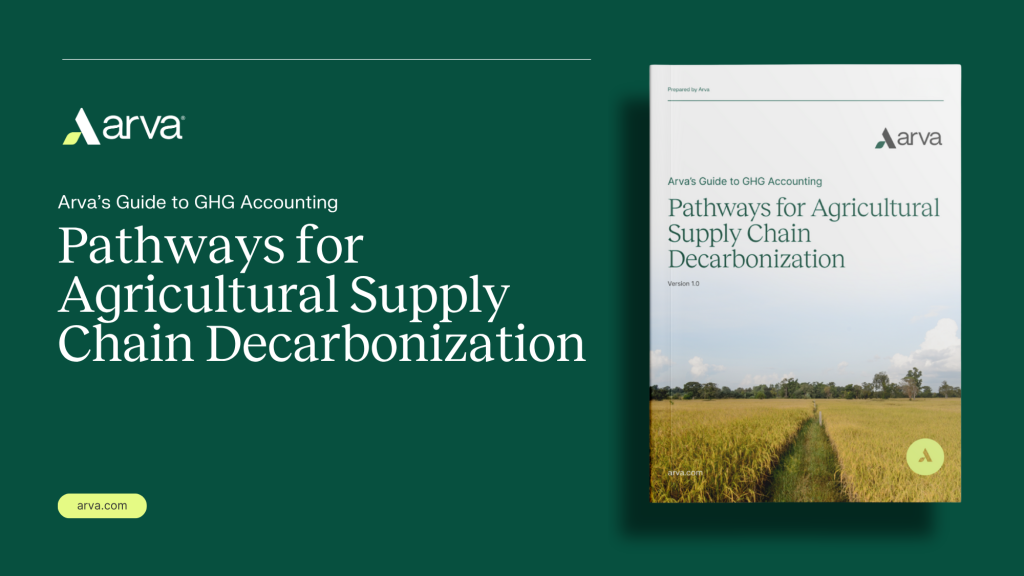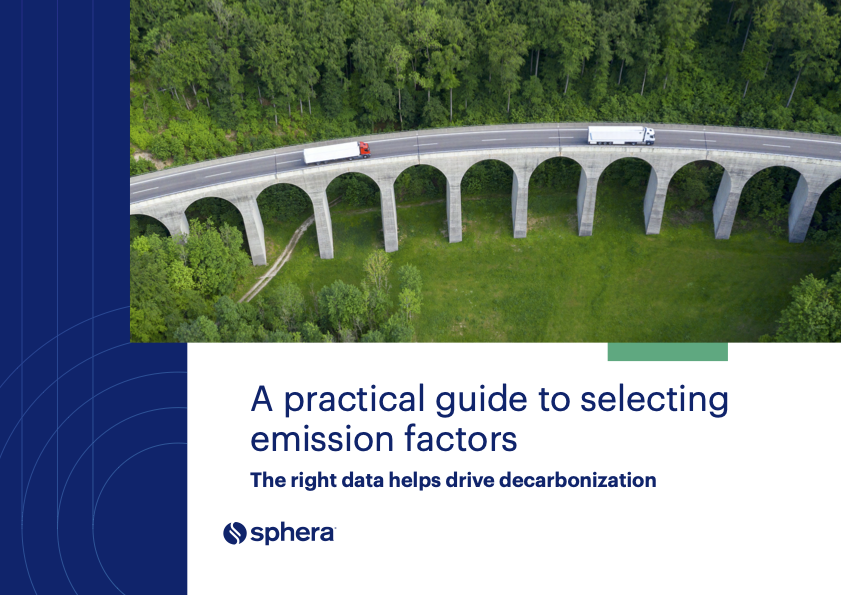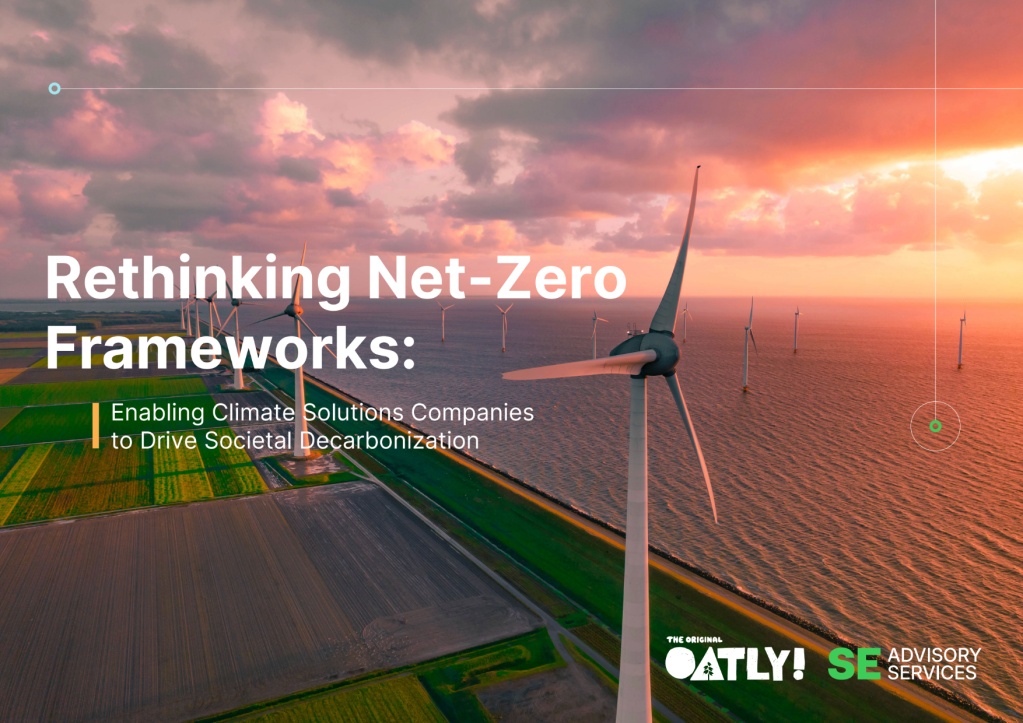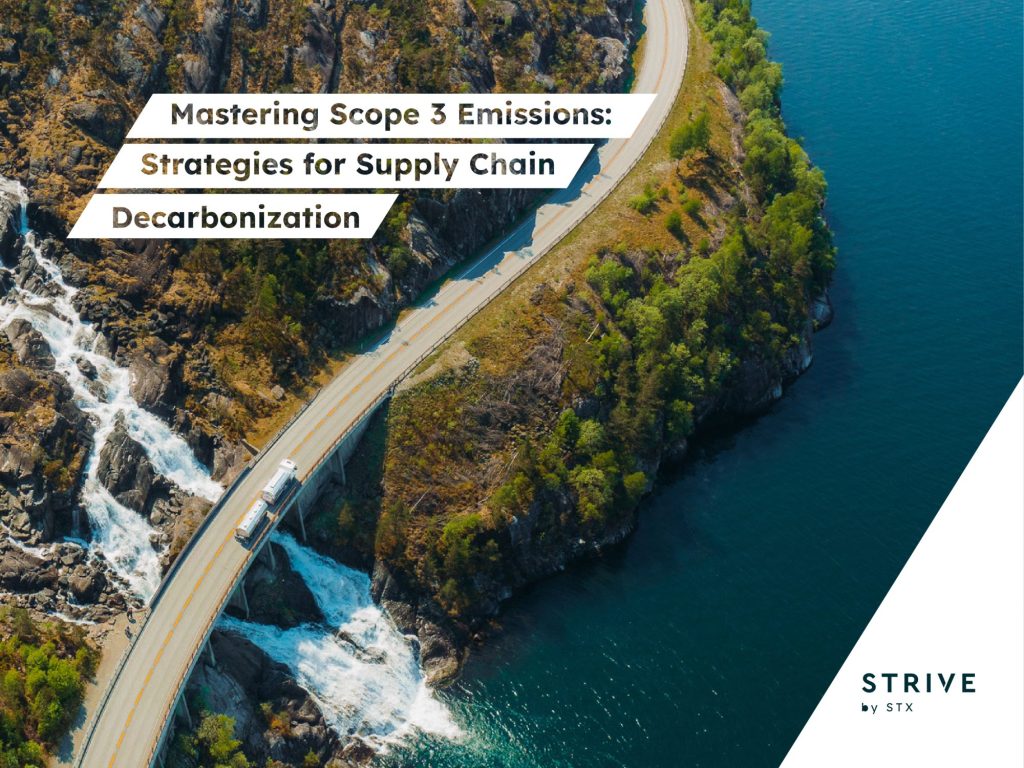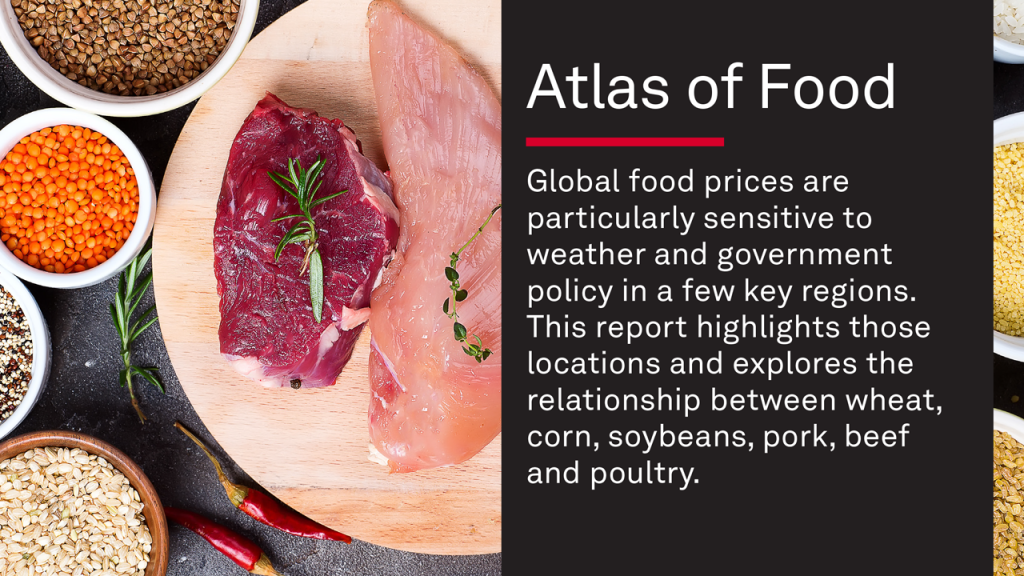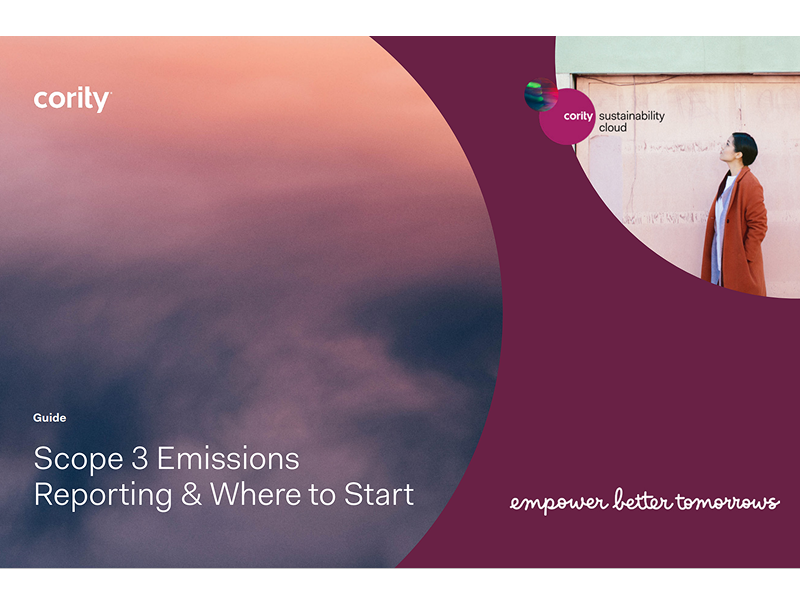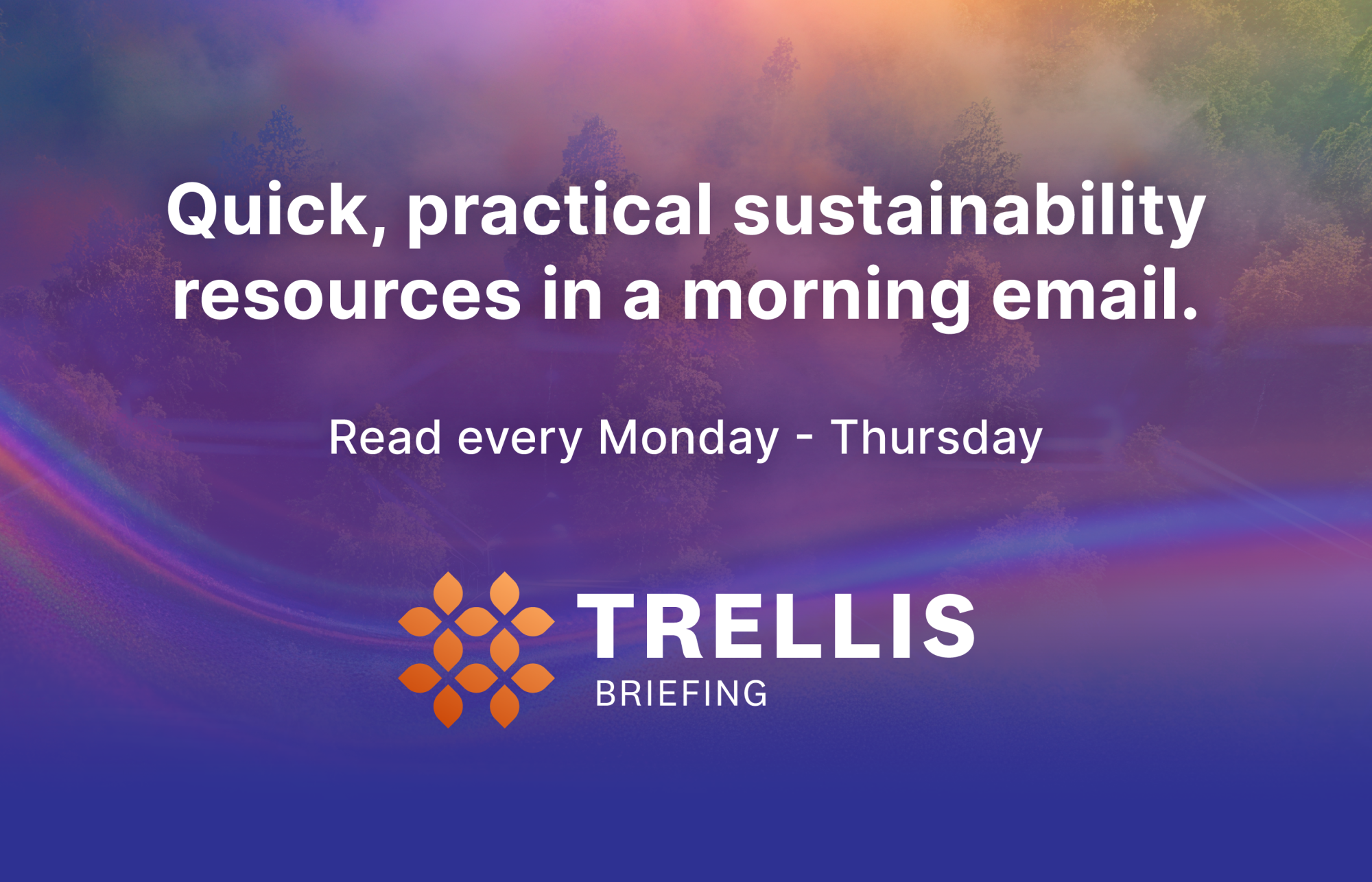Google’s Kate Brandt plays a central role in its AI strategy
The company's sustainability lead is dreaming up ways to use the technology to help companies, cities and individuals cut emissions by at least 1 gigaton a year by 2030. Read More
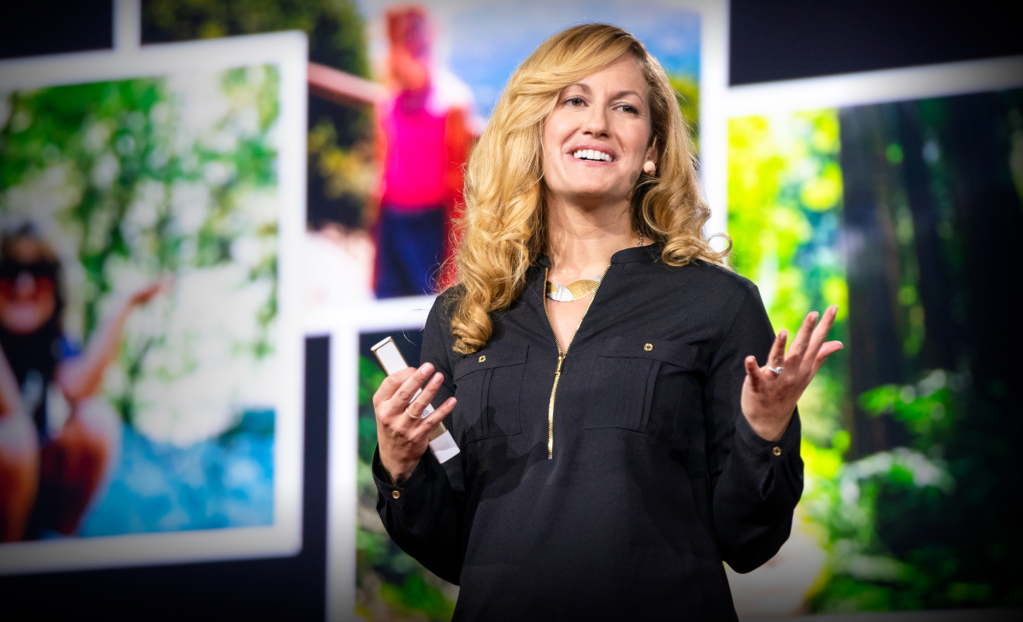
- The company offers apps for accelerating solar adoption and getting a better handle on deforestation, to name just two.
- Its AI policy forbids new contracts for oil and gas extraction.
- Brandt reports to Ben Gomes, chief technologist for learning and sustainability.
Google’s chief sustainability officer, Kate Brandt, isn’t just responsible for the company’s emissions reduction and environmental conservation agenda — a mission complicated by a planned $85 billion investment in artificial intelligence infrastructure in 2025 alone.
Her team is tasked with dreaming up ways to use AI in applications that help other companies, cities and individuals cut emissions at least 1 gigaton annually by 2030.
Brandt recently celebrated her 10th anniversary with Google, which she joined after leaving her position as chief sustainability officer for the federal government. She reports to Ben Gomes, chief technologist for learning and sustainability, a direct reflection of the growing importance of Google’s sustainability team to innovation. Her team doesn’t have explicit revenue goals, but money-making potential is considered in the design review process.
“We have been an AI-first company since 2017, and we’re really in a moment now where we need to figure out how to develop AI in a bold and responsible way,” Brandt told me in the latest episode of the Climate Pioneers interview series. “I really see the work we do on sustainability as being squarely within that mission.”
One example of that boldness: A company policy, since May 2020, to not use AI for oil and gas applications — in contrast to its primary rivals in cloud computing services, Amazon and Microsoft.
“But really, a lot of the work is more oriented around not the negative screen, but the positive application,” Brandt said. “Having things like our gigaton aspiration enables us to align product areas across the company — from Google research to Google Deep Mind cloud and other teams — around the opportunity space of using this technology as a climate solution.”
Forerunner: Google Earth
Many applications championed by Google’s sustainability team build on decades of work on such widely used services as Google Maps and Google Earth, the latter of which was overhauled at the end of July with a major AI capability called AlphaEarth Foundations. The new “virtual satellite” tracks crop health, deforestation, water resources, new construction and other environmental changes, by accessing dozens of public data sources including optical satellite images, radar and climate simulations.
Other apps the sustainability team has had a hand in developing or revising are one that helps pilots minimize condensation trails; a fuel-efficient router in Google Maps; the Green Light city traffic optimization resource; and a solar planning tool that helps developers pick better sites and contributed to reducing greenhouse gas emissions by 6 million metric tons in 2024.
“We’re seeing huge opportunities to drive that kind of positive change, and we need to keep going,” Brandt said. “Furthermore, we see AI as a very powerful tool when it comes to climate resilience and adaptation.” Two high-profile examples are FireSat for wildfire detection and the Google Flood Hub for local riverine flooding.
Dilemma: How to tame AI infrastructure
Brandt is also regularly included in high-level discussions about decreasing the energy and water appetites of Google’s data center infrastructure and investing in lower-carbon energy resources such as geothermal and advanced nuclear technologies.
“I really orient the discussion toward the idea that the work is squarely within the company’s mission, within our objective to be bold and responsible in how we deploy AI,” she said. “I think that really resonates.”
Her advocacy has paid off in new training methods for AI models that speed the process by 39 percent and in big improvements in AI chip efficiency. Google’s latest custom-built AI processor, Ironwood, which launched in April, offers double the performance per watt of technology announced in 2024.
Despite these efforts and Google’s big investments in solar, wind, geothermal and nuclear power — 60 deals in 2024 alone — the company’s greenhouse gas emissions have increased by 51 percent since its 2019 baseline year. Still Google remains committed to its “moonshoot” pledge to cut its carbon footprint 50 percent by 2030.
“These really big challenges that we’ve taken on that have a societal benefit to them — the point isn’t necessarily a check-the-box or a 100 percent achievement,” Brandt said. “It’s sort of inherently meant to be hard, to drive us to try new things, to find unusual partnerships, to innovate.”
Watch the Kate Brandt interview and check out past Climate Pioneers episodes.

Subscribe to Trellis Briefing
Featured Reports

The Premier Event for Sustainable Business Leaders




